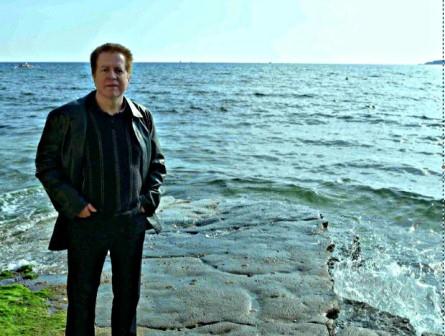| Towards a General Theory of Classifications
Université Lyon III - Jean Moulin Classification problems are one of the basic topics of scientific research : in mathematics and physics, as in natural sciences in general, in social sciences and, of course, in the domain of library and information sciences, taxonomies are very useful to organize an exponentially increase of knowledge and to perform information retrieval. But, from a strictly mathematical viewpoint, classes are also concrete sets that need a general theory, whose foundation might be different from that of usual sets. The main purpose of this tutorial is not to provide a complete exposition of a perfect mathematical theory of classifications, that is, a general theory which would be available to any kind of them : hierarchical or not hierarchical, ordinary or fuzzy, overlapping or not overlapping, finite or infinite, and so on, founding all possible divisions of the real world. For the moment, such a theory is but a dream. Our aim is essentially to expose the «state of art» of this moving field. We shall speak of some advances made in the last century, discuss a few tricky problems that remain to be solved, and, above all, show the very ways open for those who do not wish to stay any longer on the wrong track. The three parts of the tutorial are the following ones: 1. History of classifications and epistemological problems. 2. Exposition of some formal models and search for a unified language.
|
Bibliography Apostel L., «Le problème formel des classifications empiriques», La Classification dans les Sciences, Bruxelles, Duculot, 1963. Barbut, M., Monjardet, B., Ordre et Classification, 2 tomes, Paris, Hachette, 1970. Beth, E., Foundations of mathematics, Amsterdam North-Holland, 1965. Brucker, F., Barthelémy, J.-P., Eléments de classifications, Paris, Hermès-Lavoisier, 2007. Gondran, M., «La structure algébrique des classifications hiérarchiques», Annales de l'INSEE, 1976, 22-23, p. 181-189. Jech, Th., Set Theory, Berlin-Heidelberg-New York, Springer Verlag, 2003. Lerman, I. C., La classification automatique, Paris, 1970; Neuville, P., «La difficulté de classer», Bulletin des Bibliothèques de France, t. 39, n°1, 1994. Parrochia, D., «Trames, classifications», définitions, Math. Inf. Sci. hum., 29e année, no 116 (1991), pp. 29-46. Parrochia, D., «Classifications, histoire et problèmes formels», Bulletin de la société francophone de classification, 1998 (non paginé : 20 p.) Parrochia, D., Neuville P., Towards a general theory of classifications, Birkhäuser, Basel, 2012. Neuville P., Parrochia D., «Epistémologie des classifications» in L. Obadia, G. Carret (ed.), Représenter, classer, nommer, Intercommunications, EME, Fernelmont, 2007, pp. 25-40. Shelah, S., «Taxonomy of universal and other classes», Proceedings of the International Congress of Mathematics, Berkeley, Californie, 1986, pp. 154-162.
| ||||
